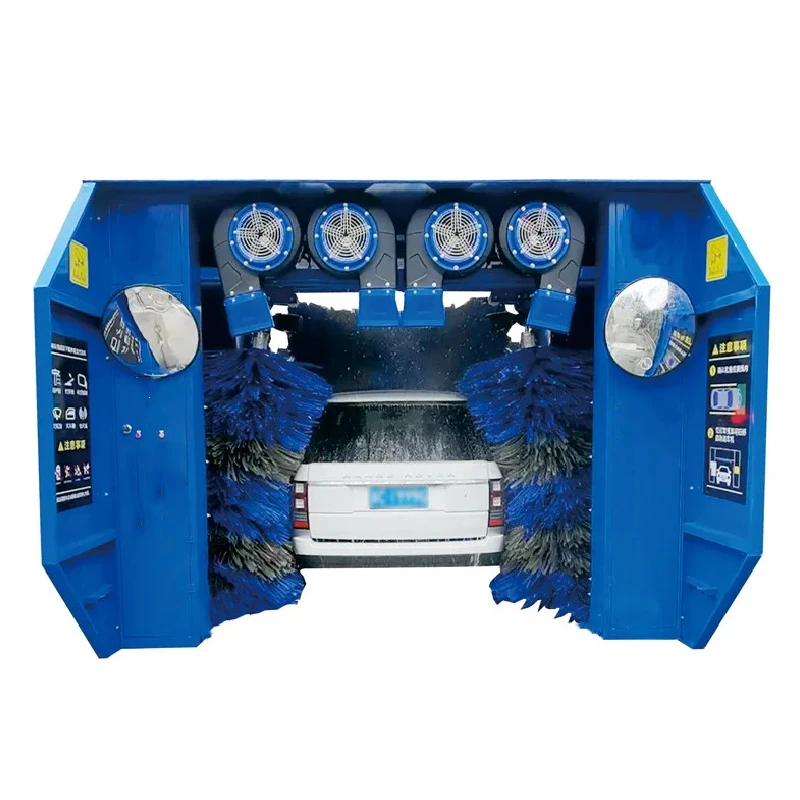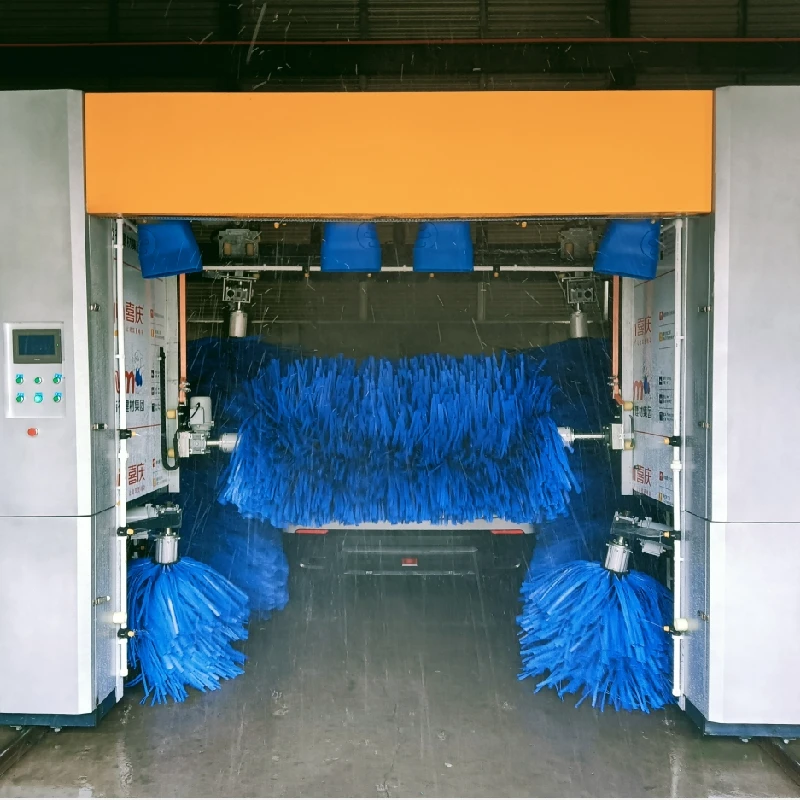
- Afrikaans
- Albanian
- Amharic
- Arabic
- Armenian
- Azerbaijani
- Basque
- Belarusian
- Bengali
- Bosnian
- Bulgarian
- Catalan
- Cebuano
- Corsican
- Croatian
- Czech
- Danish
- Dutch
- English
- Esperanto
- Estonian
- Finnish
- French
- Frisian
- Galician
- Georgian
- German
- Greek
- Gujarati
- Haitian Creole
- hausa
- hawaiian
- Hebrew
- Hindi
- Miao
- Hungarian
- Icelandic
- igbo
- Indonesian
- irish
- Italian
- Japanese
- Javanese
- Kannada
- kazakh
- Khmer
- Rwandese
- Korean
- Kurdish
- Kyrgyz
- Lao
- Latin
- Latvian
- Lithuanian
- Luxembourgish
- Macedonian
- Malgashi
- Malay
- Malayalam
- Maltese
- Maori
- Marathi
- Mongolian
- Myanmar
- Nepali
- Norwegian
- Norwegian
- Occitan
- Pashto
- Persian
- Polish
- Portuguese
- Punjabi
- Romanian
- Russian
- Samoan
- Scottish Gaelic
- Serbian
- Sesotho
- Shona
- Sindhi
- Sinhala
- Slovak
- Slovenian
- Somali
- Spanish
- Sundanese
- Swahili
- Swedish
- Tagalog
- Tajik
- Tamil
- Tatar
- Telugu
- Thai
- Turkish
- Turkmen
- Ukrainian
- Urdu
- Uighur
- Uzbek
- Vietnamese
- Welsh
- Bantu
- Yiddish
- Yoruba
spray washer for car
The Essential Guide to Using a Spray Washer for Your Car
Cleaning your car is not just about aesthetics; it plays a vital role in maintaining your vehicle's value and longevity. Among the various tools available for car cleaning, a spray washer stands out for its efficiency and effectiveness. This article explores the benefits of using a spray washer, tips for optimal use, and essential safety precautions.
What is a Spray Washer?
A spray washer, commonly known as a pressure washer, is a cleaning device that utilizes high-pressure water jets to remove dirt, grime, and stains from various surfaces. With adjustable pressure settings and specialized nozzles, spray washers can effectively clean everything from patios to vehicles. When it comes to car cleaning, the spray washer can effortlessly eliminate tough debris while protecting the vehicle's surfaces.
Benefits of Using a Spray Washer on Your Car
1. Efficiency The high-pressure water jets can remove stubborn dirt and mud that traditional methods might struggle with. This helps you save time, especially during thorough cleanings or post-off-road adventures.
2. Water Save Surprisingly, spray washers can be more water-efficient than regular hoses. They deliver a concentrated stream of water at high pressure, which allows you to use less water while achieving better results.
3. Versatility Many spray washers come with interchangeable nozzles and attachments, enabling you to clean not just your car but also outdoor furniture, driveways, and home exteriors.
How to Use a Spray Washer for Car Cleaning
1. Preparation Before you start washing, ensure that the area is safe for water drainage and there are no obstacles. Remove any loose items from your vehicle, such as mats and personal belongings.
spray washer for car

2. Choosing the Right Nozzle Most spray washers come with multiple nozzle options. For washing a car, a wide fan nozzle (25 to 40 degrees) is ideal. It disperses the water over a wider area, reducing the risk of damaging the paint.
3. Starting from Top to Bottom Begin cleaning from the top of the car and work your way down. This method prevents dirty water from running down onto already cleaned sections, ensuring a more thorough wash.
4. Keeping a Safe Distance Maintain a distance of about 2 feet from the car's surface to avoid damaging the paint. Adjust the pressure settings if necessary, especially for sensitive areas like the front grill and tire rims.
5. Rinsing and Drying Once you’ve washed the entire vehicle, rinse it thoroughly with clean water. After rinsing, dry the car with a microfiber towel to prevent water spots.
Safety Precautions
While using a spray washer is generally safe, it's crucial to follow certain precautions
- Read the Manual Familiarize yourself with the specific guidelines and safety recommendations in the user manual. - Wear Protective Gear Sturdy shoes, gloves, and eye protection are essential to shield yourself from debris and high-pressure water spray.
- Avoid Electrical Hazards Be cautious around electrical outlets and ensure all connections are secure and dry.
- Never Point at People or Animals The high pressure can be dangerous and cause injury if aimed at any living being.
In conclusion, a spray washer is an excellent investment for anyone looking to maintain the cleanliness and aesthetics of their car. With its efficiency, versatility, and ability to save water, it's an environmentally friendly choice for car enthusiasts. Whether you're preparing for a road trip or just a weekend wash, employing proper techniques and safety measures with your spray washer can ensure your vehicle looks great and stays protected for ages.
-
Integrating Aqua Tunnel Car Wash in Shopping CentersNewsJun.24,2025
-
Gas Station with an Auto Car Wash MachineNewsJun.24,2025
-
Efficiency in Your Aqua Tunnel Car Wash: Power & Water-SavingNewsJun.24,2025
-
Car Wash Business with Advanced Auto Car Cleaning MachinesNewsJun.24,2025
-
Balancing Setup Costs with Aqua Tunnel Car WashNewsJun.24,2025
-
Aqua Tunnel Car Wash: Eco-Design for the Energy-Savvy EntrepreneurNewsJun.24,2025



